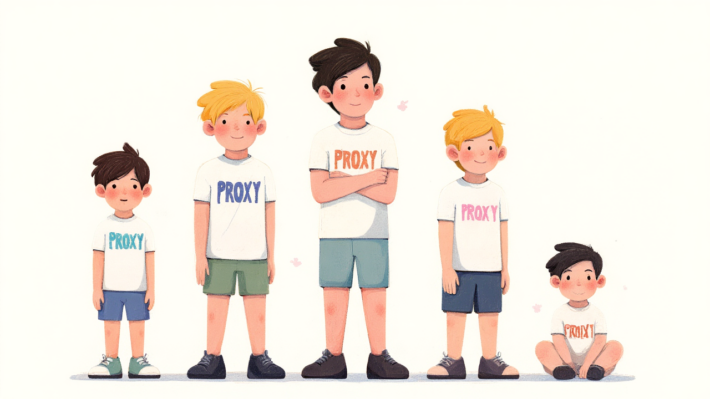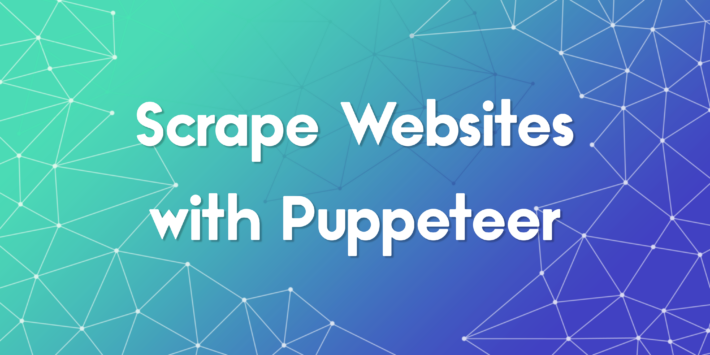Debunks Web Scraping Myths with Empowering Insights

Web scraping is a powerful and legitimate technique used across many industries to extract publicly available data for research, automation, pricing intelligence, and more. However, as the use of scraping grows, so do the myths and misunderstandings around it. From concerns about legality to misconceptions about its complexity, many people approach scraping with hesitation or misinformation.
This article debunks web scraping myths by diving deep into the seven most common misconceptions. Whether you’re a developer, business owner, or curious learner, you will discover accurate insights and technical clarity about scraping practices, challenges, and opportunities. By the end, you’ll have a confident understanding of what web scraping is, what it is not, and how to approach it responsibly and efficiently.
Myth 1️⃣: Debunks Web Scraping Myths About Legality
One of the most persistent myths about web scraping is that it is always illegal. This myth often arises from a misunderstanding between breaking a website’s terms of service and actually breaking the law. While scraping can indeed violate a website’s internal rules, that alone does not necessarily make it a criminal offense. In many jurisdictions, particularly the United States and parts of Europe, scraping publicly accessible information without breaching security or circumventing authentication can be legally permissible if done within ethical boundaries.
However, just because scraping can be legal does not mean all scraping is safe from legal scrutiny. Scraping copyrighted content, violating usage rights, or causing server overload through aggressive crawling may still lead to legal action. Furthermore, jurisdictions with strong privacy regulations like the European Union under GDPR and California under CCPA require additional care. If a scraper collects personal information – such as names, email addresses, or user activity – it must comply with local data protection laws. This may involve gaining user consent, ensuring data anonymization, or providing opt-out mechanisms.
It’s also worth noting that even when scraping is legally permitted, violating a website’s terms of service can still expose scrapers to civil lawsuits or platform bans. Some companies aggressively pursue legal avenues to prevent scraping, even if the law is not strictly on their side. That is why many businesses and developers prefer to use APIs when available, as they provide legal and technical clarity over what data can be accessed, how often, and under what terms.
In summary, scraping is not inherently illegal, but its legality depends heavily on context: the type of data accessed, the method of access, jurisdictional law, and how responsibly the scraper behaves. By understanding these nuances, developers and businesses can approach web scraping in a way that is both powerful and compliant.
Myth 2️⃣: Web Scraping Is Not Just for Developers
Another misconception is that scraping can only be done by experienced coders. In fact, there are many no-code or low-code solutions available that simplify scraping tasks. Platforms like Octoparse, ParseHub, and Apify offer drag-and-drop interfaces that even non-programmers can use effectively.
Even though advanced users might still prefer using Python libraries such as BeautifulSoup, Scrapy, or Puppeteer for complex projects, scraping today is accessible to a broader audience than ever before. Debunking web scraping myths around technical barriers opens the door for marketers, analysts, and researchers to explore data scraping as a tool.
Myth 3️⃣: Scraping and Hacking Are Not the Same
This myth equates scraping with hacking or unauthorized access. Scraping, in its legitimate form, interacts with content already visible to the public, similar to how a human browses a site. It does not involve bypassing firewalls, breaking passwords, or exploiting vulnerabilities.
Responsible scraping respects the robots.txt file, user-agent declarations, and rate-limiting rules. Tools like proxy services can help ensure ethical behavior by managing IP distribution and request throttling to avoid overwhelming the target server. Scraping is only unethical when used to harm infrastructure or steal private data.
Myth 4️⃣: Not All Sites Hate Scrapers
Some believe that every website opposes scraping, but that’s simply not true. Many businesses openly support or even offer their own APIs for data access. Some webmasters are happy to be included in aggregators or research platforms because it increases their reach and visibility.
While it’s true that some websites actively block or restrict scraping, others provide structured data via APIs or allow scraping of certain sections under specific conditions. This is why reading terms of service and understanding what’s allowed is so important.
Myth 5️⃣: Debunks Web Scraping Myths About Proxies
One common myth is that proxy services used with scraping are always shady or illegal. In reality, proxy services are a necessary and legitimate tool for distributing requests, preventing bans, and ensuring performance at scale. They are especially useful in applications like market research, lead generation, or travel fare comparison.
Proxies can come in various types including residential, datacenter, or mobile, each with their specific use cases. When combined with well-built scraping logic, proxies can help keep activities anonymous and respectful of rate limits. Scraping without proxies is like driving without brakes – possible but dangerous.
Myth 6️⃣: Scraping Always Breaks Sites
This myth exaggerates the impact of scraping on server health. While aggressive scraping can overload servers, responsible scraping has minimal impact. Techniques like throttling requests, using caching, and respecting crawl delays allow scrapers to function invisibly.
Most modern websites use load balancers, content delivery networks, and anti-DDoS protections to handle large amounts of traffic. A well-designed scraper that mimics normal user behavior will not disrupt the site, especially if spaced out over time and scaled with proxies.
Myth 7️⃣: Scraping Replaces APIs Entirely
Some believe that scraping eliminates the need for APIs. This isn’t true. APIs remain the most stable and reliable method for structured data retrieval. Scraping complements APIs when APIs are unavailable, outdated, or restricted in functionality.
In fact, many developers use scraping as a temporary solution while waiting for access to an official API. Others use scraping to monitor dynamic web content, test front-end features, or simulate user interactions that APIs don’t expose. This blend of scraping and API usage supports more flexible data workflows.
Final Thoughts That Debunks Web Scraping Myths
The truth is that web scraping is neither a shady practice nor an elite-only skill. It’s a powerful, versatile technique that helps businesses stay competitive, researchers gather insights, and applications work smarter. From legality and accessibility to infrastructure and proxy usage, we’ve now debunked web scraping myths that hold many back from exploring its full potential.
By separating fact from fiction and using the right tools, strategies, and ethical considerations, scraping can become a sustainable part of your data strategy. Whether you’re scraping for competitive pricing, monitoring brand mentions, or training machine learning models, this practice is more mainstream and legitimate than it has ever been.
Start small, stay ethical, and dive into the world of web scraping with clarity – not confusion. Let the myths fall away and let data speak for itself.


